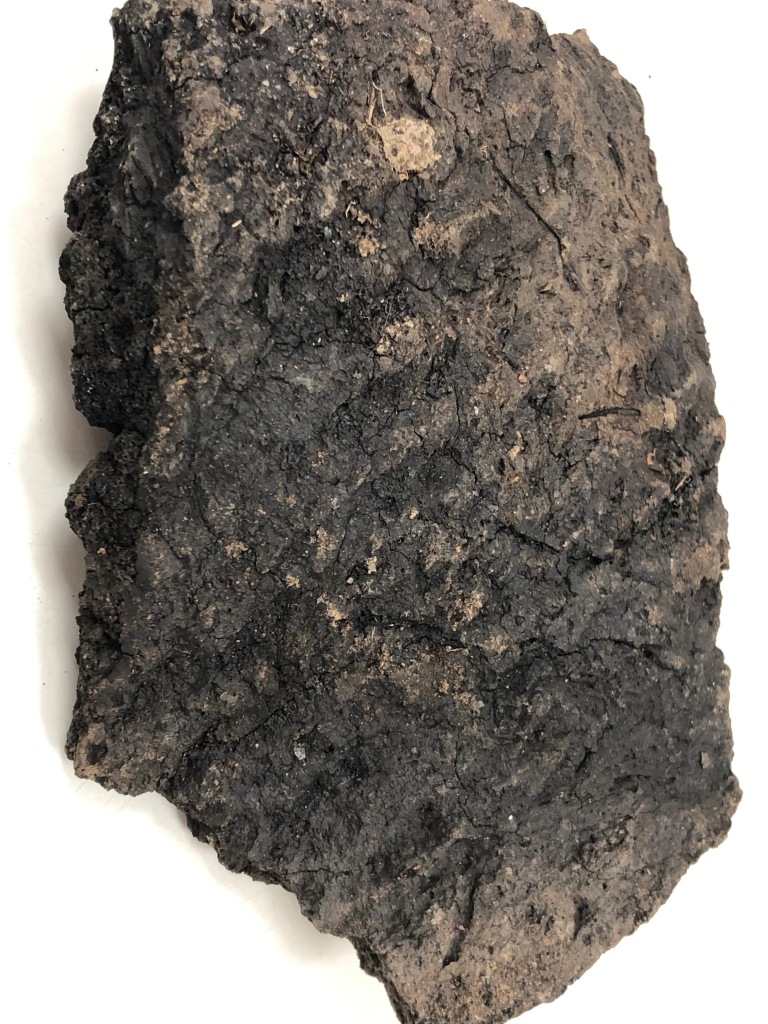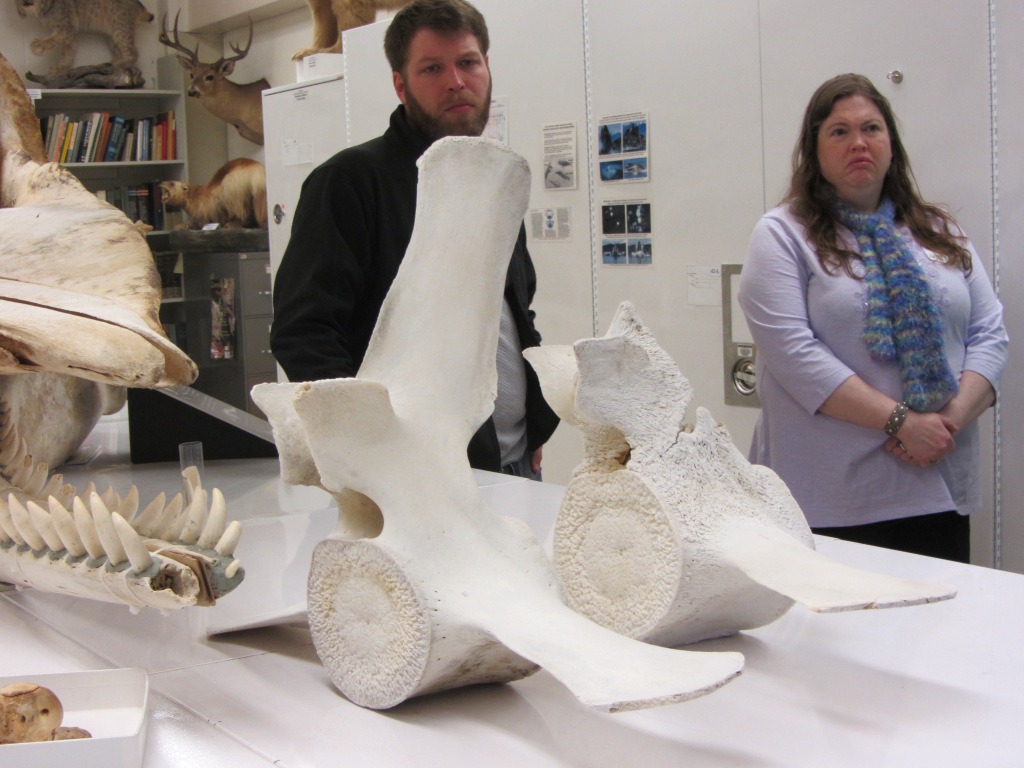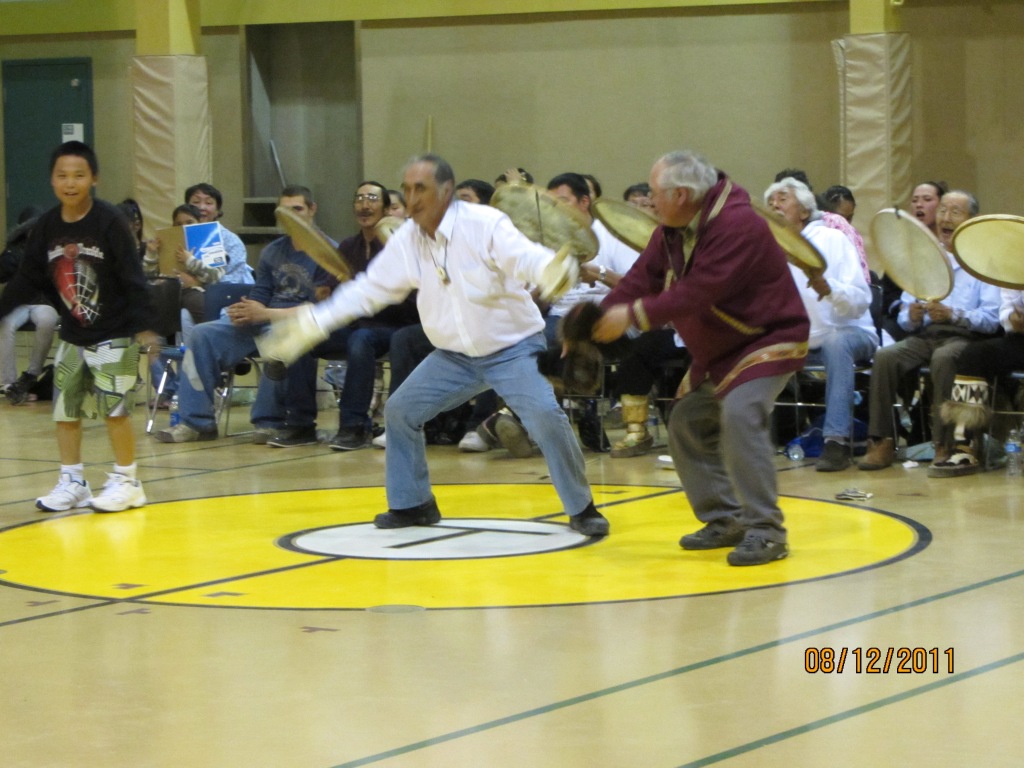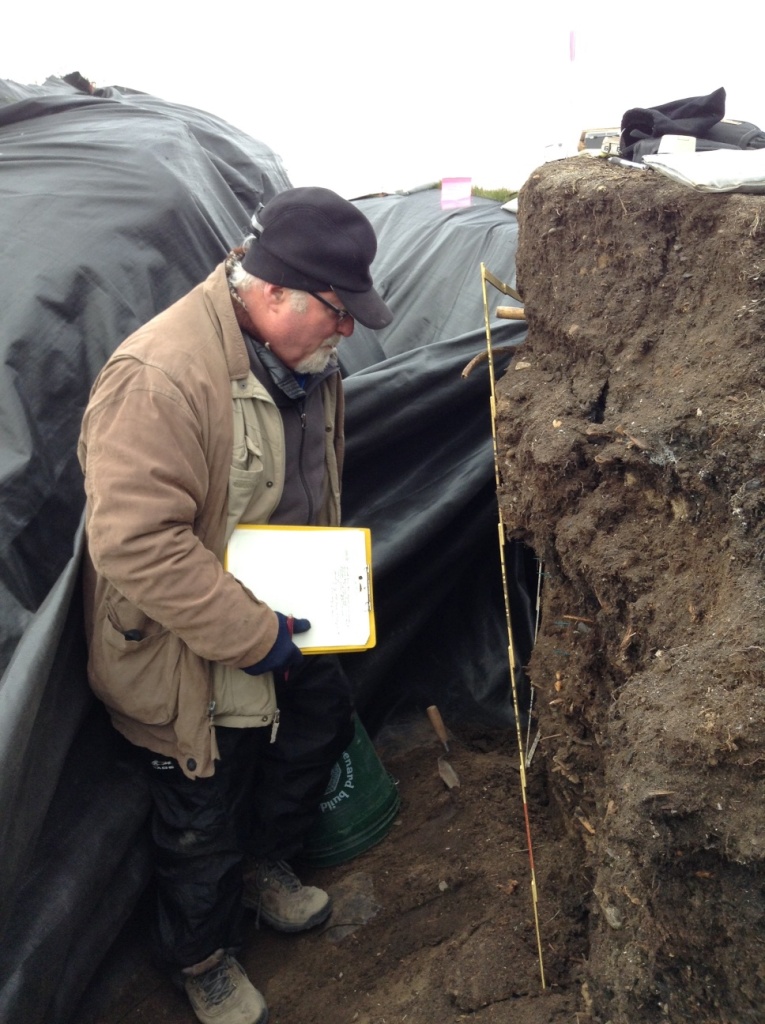I’ve been doing archaeology for quite a while, and have made lots of friends. Here are just a few pictures. I notice we seem to be doing a lot of eating…
Category: Arctic
#Archaeology31–Day 18–Caturday

#Archaeology31–Day 16–Shape
The shape of artifacts and structures can be very important in determining not only what they are (obviously) but also when they were likely to have been made.

Jennie Brower and I found this harpoon head (along with a number of other artifacts) while excavating the burial that first indicated that the site was not just a recent settlement. The shape of this harpoon head, with the pinched “waist” is one that was found at the earliest sites from the Inuit expansion into the eastern Arctic. When I saw it, I realized we were not excavating a late precontact burial.
#Archaeology31–Day 11–Shelfie
I have books all over. My husband also has a PhD in Arctic archaeology (although he now manages the Community Health Aid program for the North Slope Borough) so we have a fair number of duplicates, both in Arctic stuff and the sort of things you wind up with in grad school. Some of our duplicates, plus a bunch more books are on shelves in my office.


#Archaeology31–Day 10–It’s Ritual?
The term “ritual object” has become an archaeological cliche for items of unknown use. That’s not to say that people in the past did not have rituals, some of which involved objects. In some cases, objects had no clear practical purpose where they were found, yet had deliberately been placed there.

I would say that the rocks we found in burials at Nuvuk fit into this group. They were much larger than the average rock on that gravel spit, so they had to have been gathered deliberately. They were clearly placed in the grave. Why? We can only speculate. They could have been placed by mourners, somewhat like people may drop flowers in a grave today. Or they could have been given in trade for intact items buried with the person.
AJA Recent Research Notes–last call for next issue
The deadline is fast approaching for contributions to the Recent Research Notes column in the Alaska Journal of Anthropology. These would be brief (1-3 paragraphs maximum) reports on up-coming, on-going or recently completed projects, new C-14 dates or laboratory findings that might be of interest to the Arctic/subarctic research community. Individuals can submit multiple notes if they have different subjects. Items already covered in the newsletter are appropriate, as AJA has a broader circulation, and exists in permanent hard copy in libraries. For more detail, see here.
Submissions can be made to Anne Jensen (amjuics@gmail.com) who edits the column. Electronic submissions (in AJA style) are strongly preferred. The AJA Style Guide can be found here.
#Archaeology31–Day 8–Mineral
Clay! The ceramics on the North Slope, especially the more recent ones, are not high quality, but that seems to be because they were not fully fired, perhaps to conserve fuel.



#Archaeology31–Day 7–Vegetable
Salmonberries! It’s always a good day when you find patches of ripe berries.


#Archaeology31–Day 6–Animal
Polar bears, of course. They hang out around Nuvuk a lot, which is why we always had bear guards. Some days we could see eight at once out on the ice.













